
In most homes, kitchen waste is discarded without a second thought. However, a second thought could be helpful when it comes to one common type of kitchen waste – eggshells.
You’ve probably heard the rumors about the gardening benefits of eggshells for tomato plants, whispered in gardening circles and passed along in hushed tones as a trade secret.
Some of those rumors are true. But, as with all rumors, some are decidedly false.
It can be difficult to decipher which of these rumors is a complete myth, and which is absolute magic. We’ve studied the science to find out the truth.
The Claim: Eggshells deter slugs
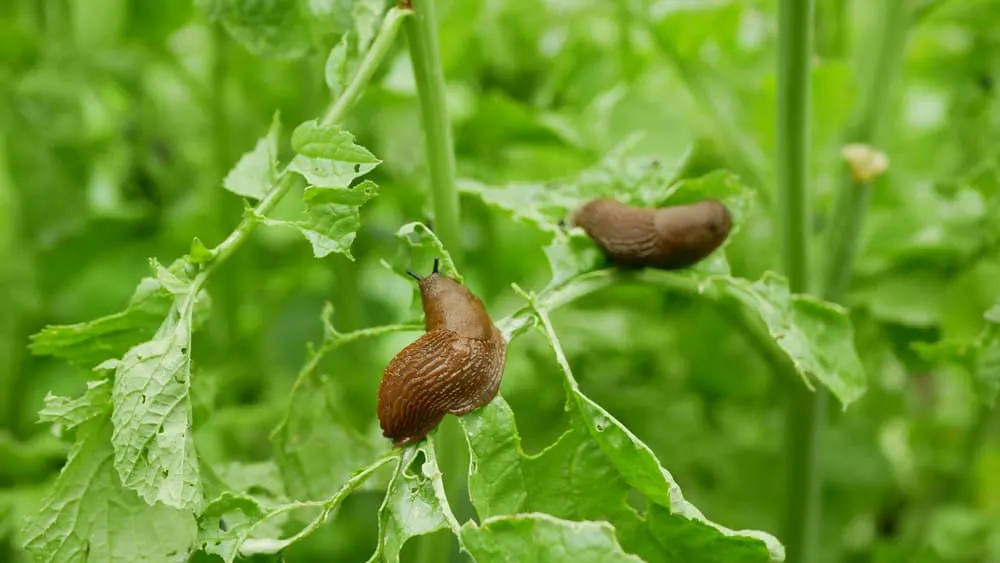
All gardeners understand the scourge of the common garden slug. They eat almost anything – especially your delicious tomato plants – and, they’re incredibly difficult to get rid of.
Eggshells are suggested as a popular remedy for all these slug problems. Apparently, the sharp edges of crushed shells prevent slugs and snails from crawling over them. Simply surround your tomato plants with crushed eggshells and the slugs won’t be able to reach them.
Unfortunately, despite the widespread popularity of this pest removal trick, several experiments have debunked it. Slugs have no problem climbing over sharp objects and remain as determined as ever to get to your plants.
If you need proof, here’s a video of slugs and snails moving over various sharp objects without a care in the world:
In some experiments, slugs actually favored the plants surrounded by eggshells. Shells that are not completely cleaned before placement may carry some small egg residue, which is like a dinner bell for any slugs and snails in the area.
Save your eggshells for one of the ‘hacks’ that really work, and choose one of the science-backed slug removal methods instead.
The Verdict: Myth
The Claim: Eggshells are a brilliant mulch
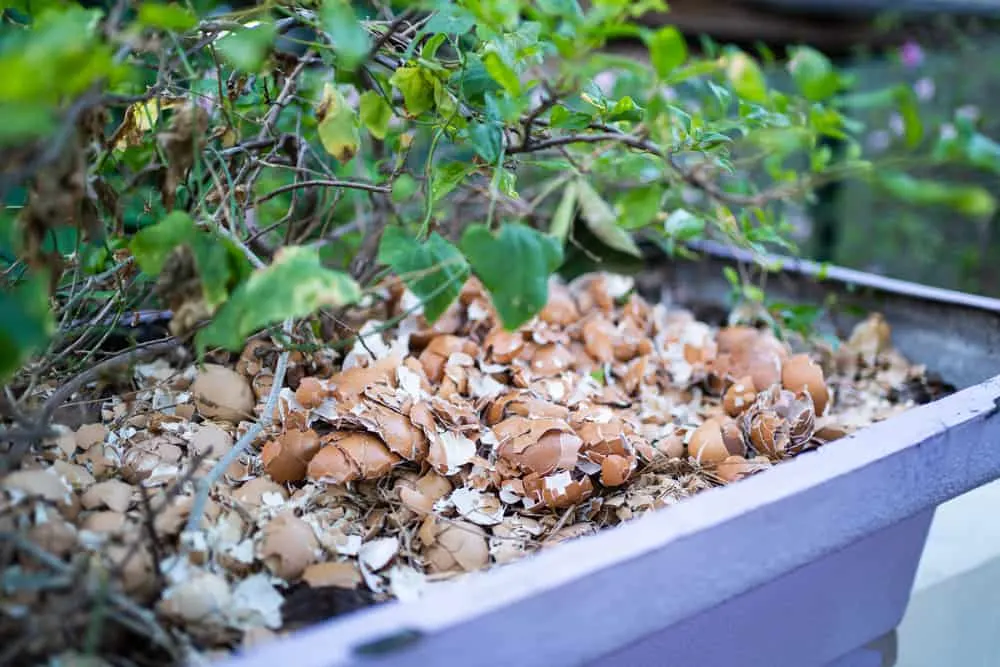
Mulching is incredibly underrated. It helps retain moisture in the soil, keeps the roots cool in summer and warmer in cold months, stops weeds from sprouting, improves soil health – the list goes on. Any organic matter can be a mulch: dried leaves, straw, grass, and (of course) eggshells.
This is a far better use of your eggshell resources and actually works as intended. When the shells are crushed and layered on top of the soil around your tomatoes, they perform the same job as any store-bought mulch. Wash the shells thoroughly before sending them out into the garden. Any residue can attract a variety of pests (including pesky slugs).
The only problem you may have is eating enough eggs to keep up with your mulching demands. If eating a dozen eggs a day to keep you supplied with eggshell mulch seems a bit much, then try one of these organic mulches for your tomato plants instead.
The Verdict: Magic
The Claim: Eggshells make a great seed starting pot
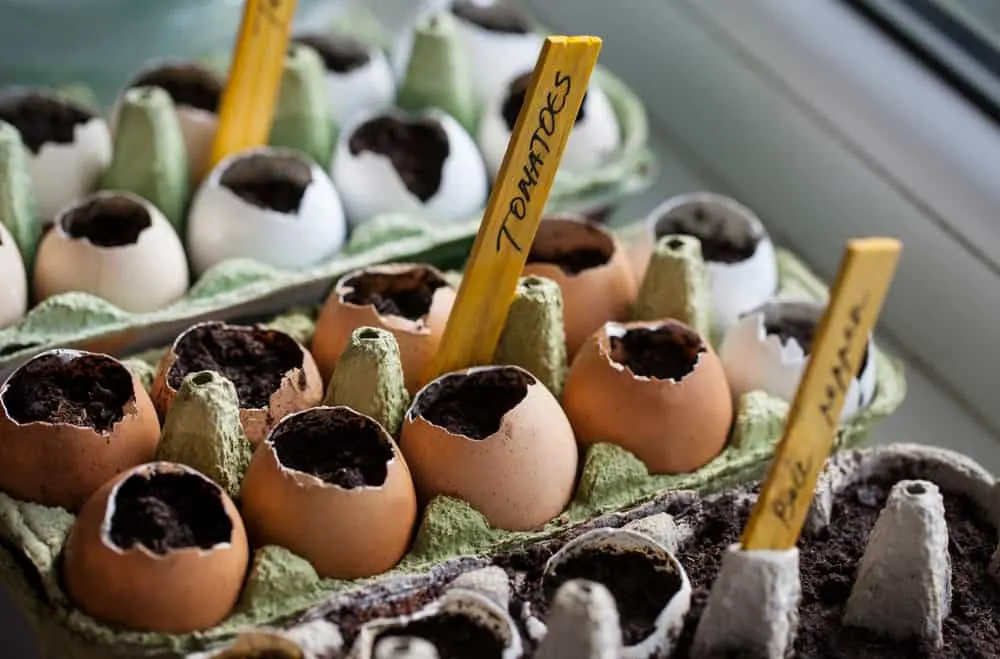
A popular suggestion for eggshell recycling is using the halves as tiny pots to start seeds. The project is undoubtedly photo-worthy, but does it really work?
Technically, the answer is yes. However, it is not worth the time it takes or the potential hurdles you will have to overcome if you choose this method.
Firstly, according to this method, the shells should be transplanted directly into the ground, theoretically saving you time. Unfortunately, the opposite is true.
Eggshells take an incredibly long time to decompose, especially when they aren’t crushed down as in this case. Planting an eggshell directly into the ground will actually inhibit growth, as the roots won’t be able to reach the surrounding soil.
You can always start your seeds in eggshells and transplant them out, but that is an extra, unnecessary step in the process when the seeds can simply be sown straight into a pot or the ground.
That brings us to the next problem – transplanting.
If you do decide to start your tomato seeds in eggshell halves, you will need to transplant them out incredibly quickly. The tall stems of emerging tomato plants will fast outgrow the tiny eggshell container. You’ll likely need to transplant almost immediately after germination, which makes the added step of starting seeds in the eggshells all the more useless.
As a fun gardening experiment or activity to try with your kids, this practice is harmless. But if you’re looking to start a sustainable tomato crop, you’ll probably be wasting your time.
The Verdict: Myth
The Claim: Eggshells are an excellent tomato fertilizer
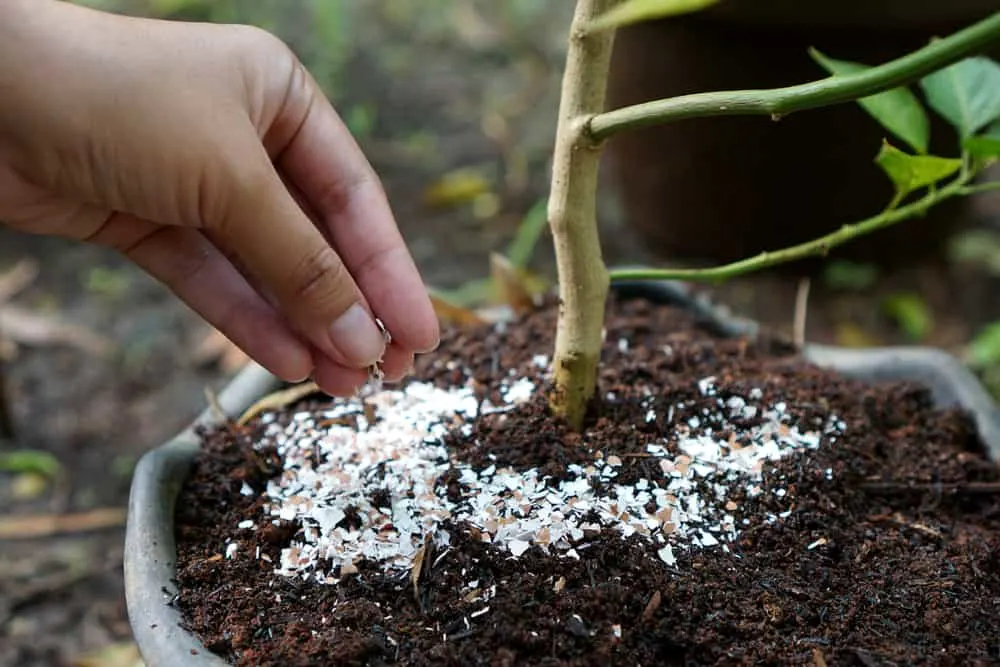
Eggshells are mostly made of calcium carbonate crystals. Calcium is an essential component in healthy soil, helping your plants build healthy cell walls.
Throw some eggshells in your soil as a fertilizer, and you’ll give your plants a much-needed boost of calcium in the early growing stages. Many plants will benefit from this practice, but tomato plants in particular, as they tend to be calcium hungry.
Although this statement is true, it’s important not to overstate the benefits. Eggshells only add calcium to the soil, so they are not considered a balanced fertilizer. Your tomato plants need many other nutrients to stay healthy – calcium is only one of them.
Related Reading: How To Fertilize Tomato Plants For Big Harvests
The eggshells also take an incredibly long time to break down and release the calcium into the soil. They aren’t of any benefit to your plants until they have gone through that process.
You can speed up decomposition by placing the eggshells in a food processor and crushing them into a fine powder before mixing them with the soil. Alternatively, crush with a pestle and mortar.
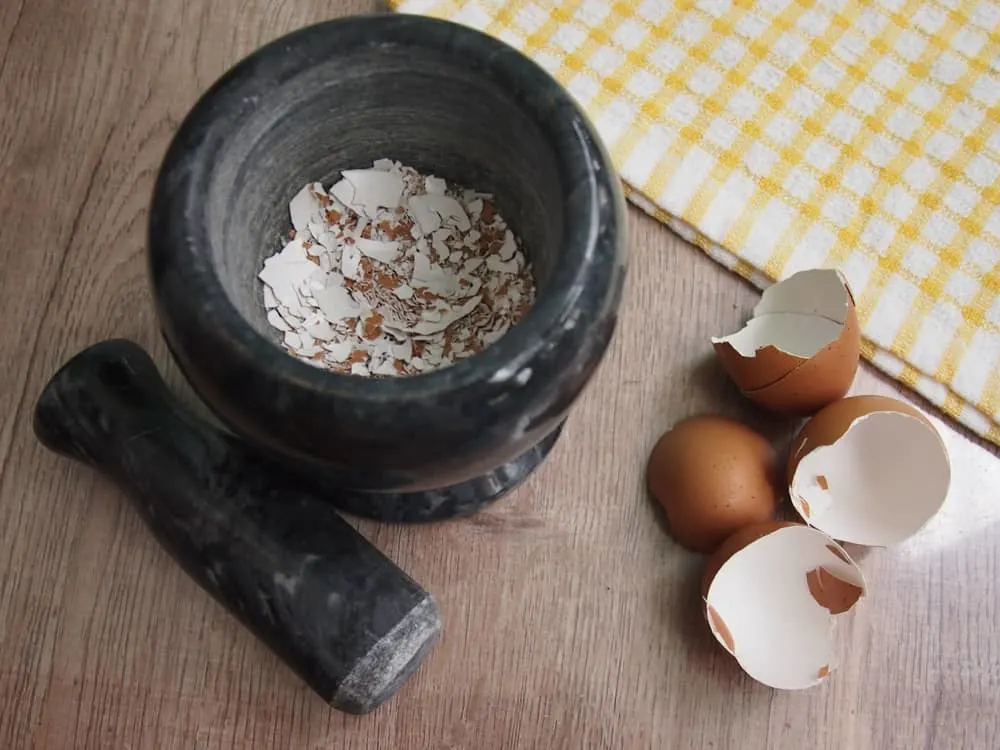
Do this before the growing season starts so the shells can start breaking down before the tomatoes are planted. This will ensure the nutrients are released at the ideal point of the tomato plant’s growth.
The Verdict: Magic
The Claim: Crushed eggshells prevent blossom end rot in tomatoes
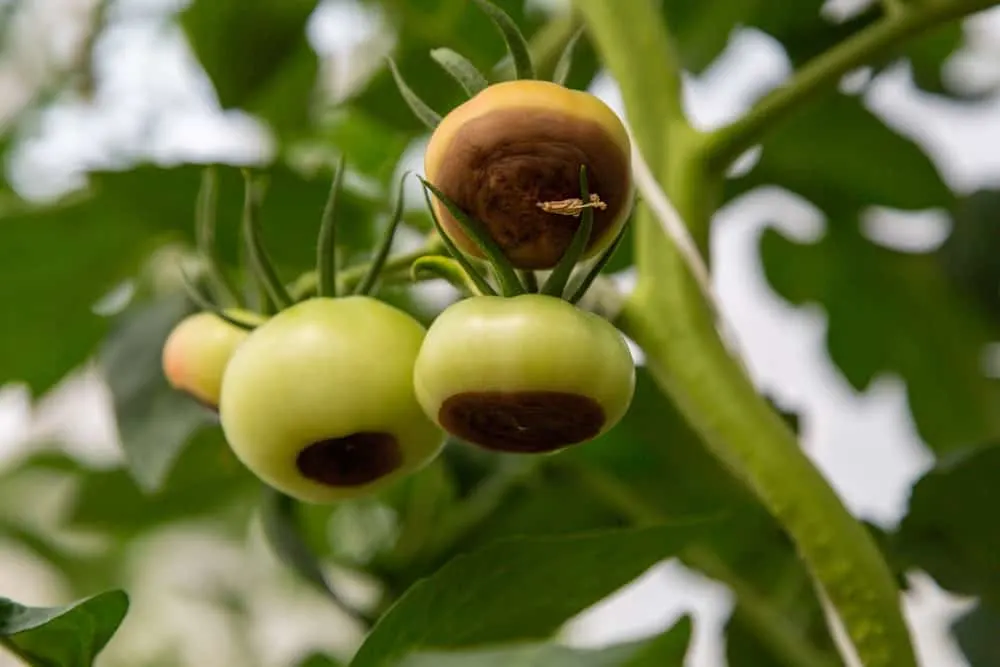
The high calcium content of eggshells has resulted in the circulation of another myth – eggshells can prevent blossom end rot.
This common condition is the result of a calcium imbalance that causes the ends of the tomato fruit to rot. The association with calcium has prompted some gardeners to suggest eggshells as a remedy, even though there is no evidence to back it up.
Blossom end rot can still occur in calcium-rich soil because the calcium content is normally not the problem. It is the ineffective absorption of the calcium in the soil by the plant that causes the condition. This occurs for several reasons, usually incorrect watering (leaving the soil too wet or too dry), but also excess nitrogen, root damage, or incorrect soil pH.
Instead of relying on your eggshells to resolve your blossom end rot problems, you may want to look at the other culprits first. Calcium is probably not the problem.
The Verdict: Myth
Eggshells can be added to your home compost
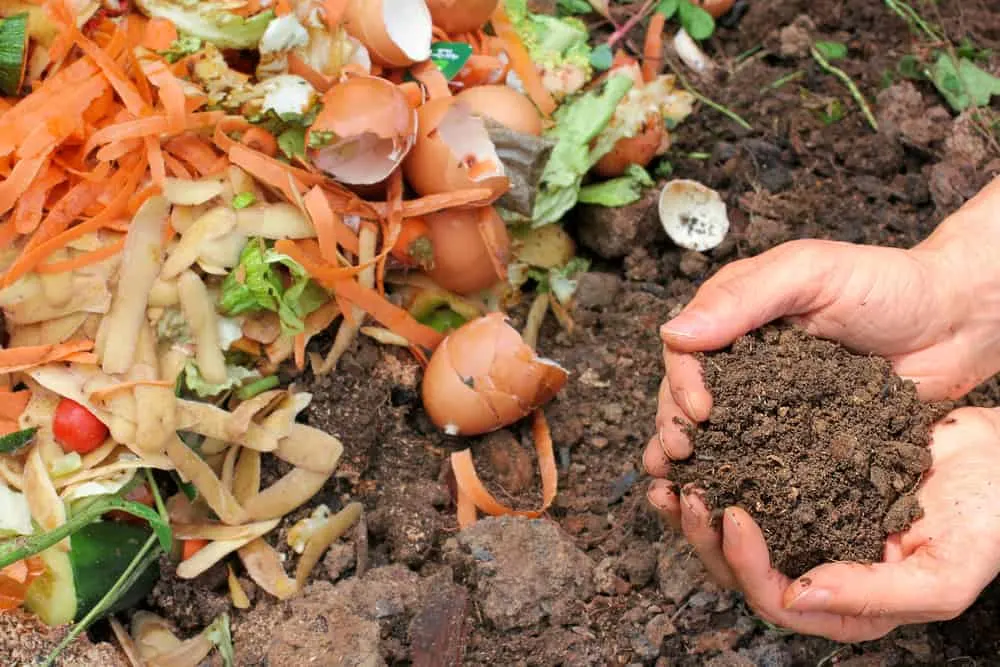
Much of your kitchen waste can go on the compost heap, recycled to benefit your plants. Eggshells are no exception. As we’ve seen, eggshells are excellent sources of calcium and balance the nutrient levels in your compost heap.
Breaking down the shells can kickstart the decomposition process. However, crushing the shells first is not as important in a compost heap, as the other components will also take several weeks or months to break down, by which time the eggshells will be well on their way to decomposing. Once broken down, the compost will give your tomatoes a nutrient boost over the growing season.
Be careful not to add too many eggshells, as it can cause a nutrient imbalance by increasing the sodium levels. You can always use any leftovers as fertilizer or mulch.
The Verdict: Magic
We all want the rumors about the wonders of eggshells to be true. Unfortunately, some are just myths, debunked more than a few times.
There is still plenty of magic to eggshells in the garden – in mulch, fertilizer, or in the compost heap. And it’s far better for your eggshells to go there, than in the trash.
